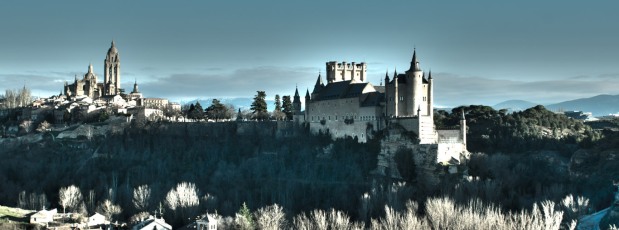
All readers of fiction crave an immersive reading experience
You know the sensation; the physical and temporal space around you seeps away and you are immersed into the storyworld. The characters spring into existence, the setting seems as real as the chair you sat down on a moment ago. The smells, sounds, buildings, forests, creatures—and danger—surround you.
Conjuring an immersive reading experience for a Historical Fiction is more difficult than with a contemporary setting, because readers lack the tacit knowledge, the construction materials, to create the storyworld. As a reader, you must assimilate an order of magnitude more information before the storyworld has sufficient spatial and temporal mass to immerse yourself in.
Reading is a performance
It is the reader who creates the storyworld; writers merely provide the plan for construction and the guideposts for transportation there. Wolfgang Iser in The Act of Reading suggests that if the plans for a storyworld are “…organised in too overt a manner, …we as readers will either reject the book out of boredom, or will resent the attempt to render us completely passive.”
The reader must become the conductor, taking the raw notes from the page and forming them into a performed symphony.
So what narrative devices and techniques can lead a reader to create an immersive reading experience?
Simultaneous Narration or First Person-Present Tense
All narrative modes offer potential for immersion, but Henry James specifically argued for the superiority of Simultaneous Narration as “…it manages to efface the boundary between narrator and character, …showing what someone is in the process of thinking.” It also allows protagonists to express their “now” feelings untainted by future events; the betrayal of another character, even their own death.
Incorporating the protagonists native language
A large proportion of the narrative in English language Historical Fiction can be considered Unnatural Focalisation if either the setting or the original language, is foreign. Even a setting in the medieval period should be considered unnatural as the English language used by the characters has, in the intervening years, changed so dramatically.
By incorporating words from the native language of the characters we provide more and higher quality materials for the reader to construct and immerse themselves into the storyworld.
My current work-in-progress is set in sixteenth century España and I have experimented and formulated several techniques based on the use of Spanish language to assist the reader to create am immersive experience.
- Using Spanish words known or recognisable to Western readers:, such as: gracias (thanks); señor, señora, señorita (Mister, Madam, Miss); hola (hello), buenos días (good day/morning), buenas noches (good night), adios (goodbye); perdón (pardon); mucho/muchos (much/many)
- Using actual Spanish words when the reader does not need to understand them intuitively: but can guess at their meaning in context e.g.
An uproar builds outside my cell.
‘Estar, estar,’ the jailer calls.
I scramble to my feet and retreat to the far wall of the cell.
- Beginning a chapter or section of the book with a passage written in español: then repeating the same passage translated into modern English. Here the español text can be formatted to further differentiate it from the main narrative:
Me considero bendecido de morar en estos tiempos de guerra, no en la paz, donde me estancaría en la clase campesina; languidez constante engorde my trasero y embotando mi mente…
…I am most blessed to abide in this time of war, not in peace, where I would stagnate in the peasant class; constant languor softening my arse and dulling my mind.
This technique would be used sparingly but it is effective at heightening the otherness of the storyworld.
What techniques and narrative devices have you used to assist the reader to create an immersive reading experience from your stories?



